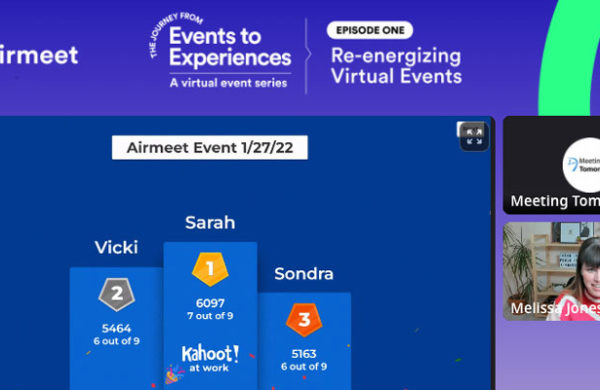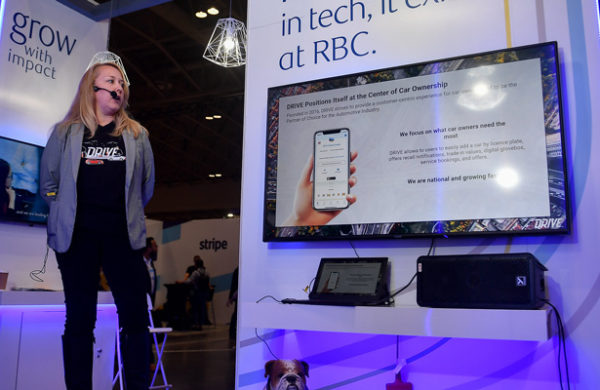
Finding full or part time employment is a job in itself. In order to secure the right employment opportunity, one must impress the hiring authority. Most human resource professionals claim they make a decision about a prospective candidate after eight seconds of the interview. Making it to the interview is a feat in itself, as most employers receive dozens of resumes for each position. Finding the right job requires a willingness to learn and adapt, a great deal of dedication, and a positive attitude. It is critical that job seekers utilize the various resources on the Internet and make the most of their “down time”.
Top 10 Interview Tips
- Research: Before your interview, take the time to learn about the company. Study the job description and outline how your experience compares to their minimum qualifications. Additionally, look up the person(s) who will be interviewing you and identify their roles within the company and prior experience.
- Ask Questions: An interview should not be a one-way conversation between the employer and yourself. Ask questions related to the position and interview other employees in the department to understand the daily routine.
- Listen: Engage in active listening during the interview, showing the employer that they have your entire attention. Ask clarification questions and inquire about benefits and about anything not mentioned in the job posting or company website.
- Relate: During the interview describe your experience relevant to the position. Focus your talking, resume, and gestures towards those that match the employer’s interest.
- Practice: Before the interview, ask a friend or colleague to engage in a role-playing simulation where they ask you potential interview questions.
- Eye Contact: Your eyes can say a thousand words, thus it is essential that your potential employer sees that you are attentive and serious. Your mind and body should be focused on the interview.
- Be Prompt: Plan ahead for your interview and make the necessary transportation accommodations. Try to arrive 15 to 20 minutes early and take traffic conditions into consideration. Use a GPS device or mapping service to print directions to the interview location. Ensure that you have enough time to find parking and locate the building.
- Documents: While many employers prefer electronic resumes during the initial screening, most employers expect a paper copy for the interview. Print out your resume and supporting documents a day before the interview. Make one copy for each of the interviewers and a copy for the Human Resources staff.
- Dress to Impress: Often times a dress code will be provided, but sometimes it isn’t. Find the dress code by visiting their website or asking friends or coworkers in the industry. Never dress down, however; your attire should not be fancier that the interviewer’s.
- Speech: During the interview speak in a professional tone that is both businesslike and friendly. Ensure that you speak slowly and clearly while keeping the speed of communication consistent. Changes in voice, reflection, and tone signify uncertainty, lying, or anxiety.
For more interview tips, suggestions, and advice visit the following Web sites:
- Interviews 101 – Provides over fifty sample questions, tips, and advice from professionals.
- The Interview – Outlines the phases of an interview while providing tips along the way.
Frequently Asked Questions
- Question: Do you have any questions about the position or our company? Hint: Never say no, these questions are testing your attentiveness and interest. Create a list of questions before the interview and ask those that were not previously answered. Example: Can you elaborate regarding overtime and weekend work, as I did not find any information on your website. I noted the job description stated such work would be required.
- Question: Describe your typical workweek and how you manage your professional affairs after hours? Hint: This question allows you to exemplify your dedication and provide a separation between work and home. Example: At my previous job I was always the first one to arrive and last one to leave. While I prefer to leave my work in the office and separate it from my personal affairs, I am always willing to respond to emails and requests from home.
- Question: Describe your greatest weakness? Hint: Provide an honest response, however; identify how you attempt to solve or remedy your weakness. Example: I have trouble communicating with people who do not speak English, however; I am currently taking introductory language courses at a junior college to overcome the obstacle.
- Question: How would your friends and family describe you? Hint: Use this question to plug any holes that have been created thus far in the interview. Example: While I am serious and professional at work, my friends and family often describe me as a jubilant and caring father.
- Question: How many hours do you normally work? Hint: Provide an honest answer but emphasize your willingness to work overtime. Example: I prefer to work 40 to 50 hours per week so I can spend time with my children; however, I have the resources at home to work longer if need be.
- Question: What do people most often criticize about you? Hint: Identify the criticism and provide reasoning or rebuttal. Example: People tend to say that I can be too verbose and provide exorbitant amounts of information, however; I believe it is better to be safe than sorry.
- Question: How would you describe the pace at which you work? Hint: Describe how you work rather than saying fast or slow. Example: I am able to keep up with the demands of the position while ensuring my task list does not become overcrowded. I work at a constant speed to ensure I am able to meet deadlines while keeping high client satisfaction rates.
- Question: What did you like or dislike about your previous job? Hint: Pair your dislike with one aspect of the current company that you like. For example, for every negative there must be a positive. Example: At my previous position I felt that my job description defined who I was. I am attracted to your company because of the great experience employees receive.
- Question: Can you explain why you stopped working for XYZ company after February 2009? Hint: Be honest, as employers can check your work record very easily. This provides you with the opportunity to explain your situation. Example: To be quite frank with you, I loved working for XYZ; however, due to budget deficits they closed our department.
- Question: Can you please explain the gaps in your employment history? Hint: Consider using a combined resume to reduce the notice of gaps. Example: After college I had to leave my job to move back to my hometown for financial reasons. Due to the economy, it has taken me a couple of months to secure my dream job.
Make Your Resume Stand Out!
- Tailor your resume to the position you are applying for. Modify your experiences and objective statements to reflect the position.
- Do not include information such as References available upon request or Available for an interview, as this information can be assumed.
- Use a resume template. Templates provide an excellent starting point and can serve as the foundation for your resume.
- Use a font that is easy to read and universal, such as Times New Roman or Arial. Avoid fonts such as Comic Sans or other juvenile typefaces unless it is relevant to the position (i.e. you are applying to be a pre-school teacher).
- Do not add fancy fonts, images, or use colored typefaces. An acceptable image would be a recent head shot, company logo, or certification mark.
- If you will be sending your resume as a PDF, ensure that you embed the fonts. This step will insure your resume displays correctly.
- Provide measurable results and data that provide concrete evidence of your skills. Example statements include Laid 300 feet of coaxial cable in one day or Resolved 130 customer complaints in one workday.
- Use the right resume format that highlights your skills and achievements. The functional format is best for entry-level job seekers whereas the chronological is best for those who have a distinguished work history.
- Be truthful regarding your previous job descriptions, duties, and accomplishments. Future employers often verify such information with past employers.
- Create multiple formats of your resume, including plain text (to be inserted in the body of the email), PDF, and DOC.
For more interview tips, suggestions, and advice visit the following Web sites:
- Resume Tips – Provides a list of formatting, style, and content suggestions for creating professional resumes.
- Resume Writing – Ten tips for writing a resume.
- Resume Tips and Samples – Provides samples of well crafted resumes.
Write the Perfect Cover Letter
- Do not use filler phrases and be concise.
- Avoid using cliches and informal diction.
- Limit your cover letter to one or two pages. Mark the page number if the letter exceeds one page.
- Never sign your name using the computer. Use a signature block to print your name and sign the letter in ink once it is printed.
- Keep an electronic or printed copy of every cover letter you submit to employers.
- Avoid using generic letters for each employer. You need to customize the document based on the company, position, and location.
- Attempt to locate the name of the hiring manager. Use Dear Human Resources Manager if a specific name cannot be found.
- If an employee of the company referred you to the position, explain the connection in the first few sentences.
- Always include the cover letter in the body of the email with your contact information. Some employers do not open attachments.
- Do not include information that may be “read” the wrong way. Additionally, avoid providing personal information such as date of birth and weight.
For more interview tips, suggestions, and advice visit the following Web sites:
- 10 Cover Letter Tips – Ten tips for writing a cover letter.
- Top Ten Tips for Creating a Winning Cover Letter – Explores the process of writing a cover letter.
- Cover Letters at the OWL – A thorough guide about creating cover letters.
- Take Your Career to the Next Level with a Persuasive Cover Letter
- Resumes and Cover Letters – A collection of tips and templates.


